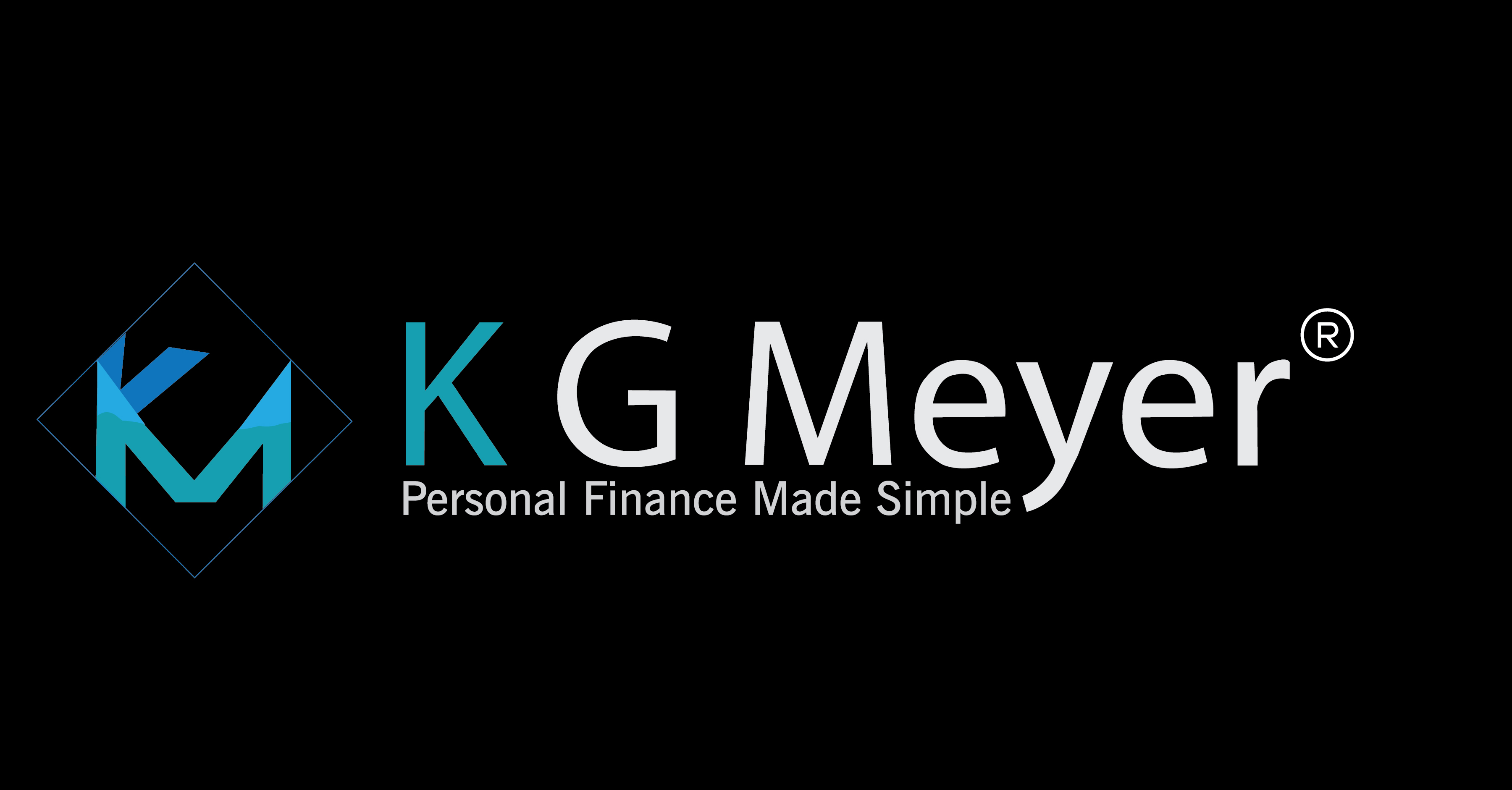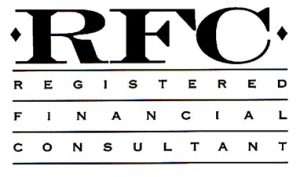Let’s face it. Most of the financial advice out there says something like this, “If you make on average $60,000 per year…” Most of the advice is designed for baby boomers about to retire. The young generation 35 years-old and under are not going to relate when their incomes range from $25,000 to $40,000. True, their income may rise someday, but there is a good chance it could decrease with the onslaught of lay-offs, downsizing, and cost-cutting. The wages their parents earned who worked at companies like GM making a combined income of benefits and wages in the $65 per hour range are not likely to be around in the future. Many of these companies have two-tier wage systems that hire new workers somewhere around $24 per hour (benefits and wages combined). Low wages will be a problem, lack of employment opportunities, high-interest mortgages, expensive college education, lack of social security income, and major cutbacks in all federal spending. So what strategies should a young person making his/her way in a “tough times” economy do?
The biggest advantage young people have is their age. Compound interest is a very powerful force that is likely to make or break a retiree. By putting away only $200 per month from the age of 30 and compounding it at 9% interest, a young person could have around $500,000 by the time they are 67 years old. Double that amount, and you could be well over a million dollars. With a 401K offered by your employer, it becomes very easy to save because it is pretax dollars you don’t have to think about for more on retirement visit https://kgmeyerpc.com/planning-for-retirement/.
You may also choose to put your money into a Roth IRA. Generally, the money is taxed before it is put away, and then you don’t have to pay taxes on it in retirement, not a bad deal when it has compounded for 30 years. The best retirement utilizes a combination of the two. It is beneficial to automatically put away money in your 401K and set a goal of putting away $100 or $200 per month into a Roth IRA.
One may also consider reducing the cost of big expenditures and saving big money. The housing market is beginning to cool as baby boomers are leaving the market with their large incomes. It won’t be long before appreciation on houses has returned to a mediocre percent such as 3%-5%. As young people trying to show their financial stuff, they may want to buy the nicest houses they can get. Unfortunately, that nice house also comes with a large mortgage payment. A good rule to follow is that your housing cost should not be over 25% of your household income. For example, If my wife and I make 70,000 (two young professionals at $35,000/year), we could have a house that costs $1,400 per month. Because we are financially savvy, with a lot of energy, we bought an older house with an $800 per month mortgage payment, put our sweat equity in it, and watched its value increase 20%. Because we were under our $1,400 limit, we also bought 10 acres for a nice cottage at $300 per month. Now we are increasing our long-term assets at the cost of $1,100 per month. What happens to the savings? Well, they go into our retirement account.
Of course, one of the best ways of saving money is diverting your expenses into investments. Basically, “You don’t buy what you don’t need!” Go to discount grocery stores, take cheap vacations within driving distance, buy good quality clothes at discount prices, and stick to a solid budget. It is much easier to save money than it is to make more. Remember that you are probably much wealthier financially even though you don’t look as wealthy as your friends. Trust me; no one gets out of college making a hundred thousand dollars a year. Therefore, don’t try and make yourself look like it.
Listed on https://personalfinanceblogs.com/, KG Meyer P.C.’s blog is found with hundreds of other great blog posts on just about everything: personal finance.
For an opportunity to earn a compounded 5% return, buy SEC-registered bonds for as little a $10 investment visit https://worthybonds.com/?r=Fldji. We each receive a $10 bond for new account holders after the account is active for at least 90-days.



